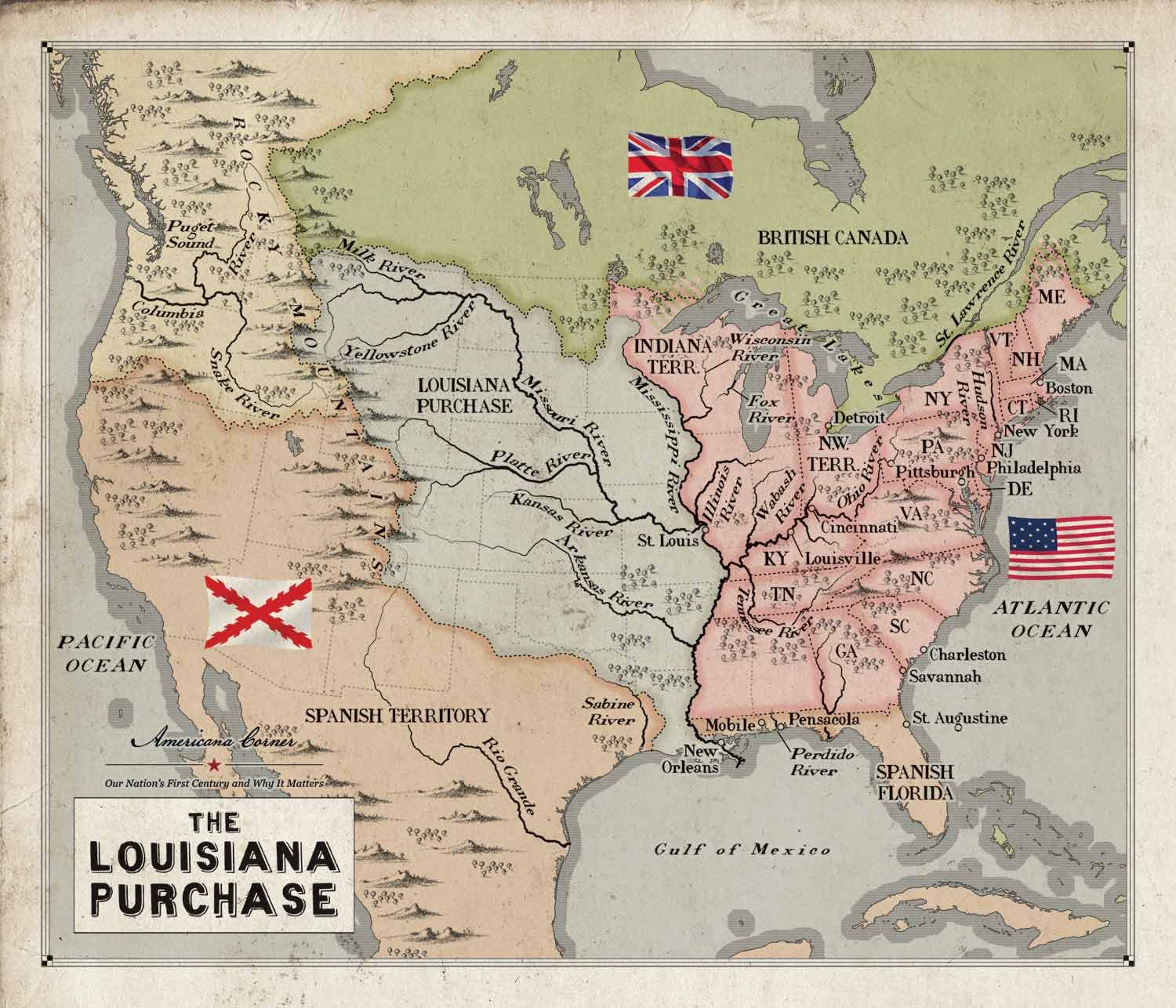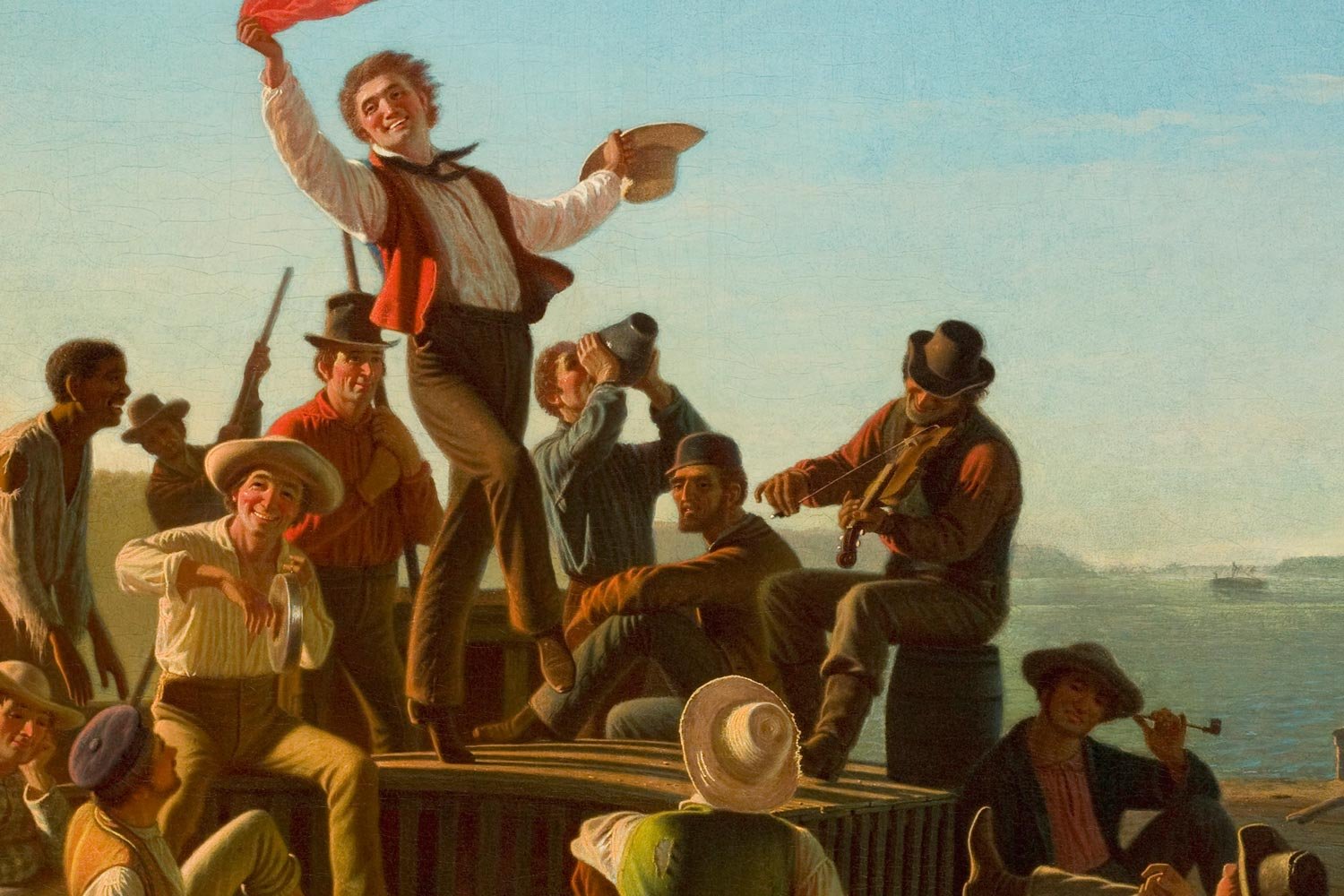

Louisiana Purchase, Part 4: “The Noblest Work of Our Lives”
The midnight deal Robert Livingston, United States Minister to France, struck with Francois Barbe-Marbois, Napoleon’s Finance Minister, on April 13, 1803, to purchase the Louisiana territory was one of the most impactful agreements in the history of the United States. It resulted from months of conversations Livingston had had with numerous French officials, creating a foundation for the details that would follow. But as important as this step was, there remained several hurdles to overcome.

Louisiana Purchase, Part 3: Napoleon’s Unexpected Gift
As a boy growing up in Virginia, Thomas Jefferson listened to his father tell captivating stories of the pristine wilderness beyond the Appalachian Mountains and dreamed of what opportunities lay in the uncharted lands of North America. As Jefferson grew to manhood, he became a proponent of national expansionism, recognizing that the future greatness of the country lay outside the original thirteen colonies.

Louisiana Purchase, Part 2: Western Settlement and the Mississippi River
The Treaty of Paris of 1783 which officially ended the American Revolution was generous to the United States, much more so than most had expected. Besides recognizing American independence, the provisions which Great Britain proposed greatly expanded the boundaries of the new nation, granting the United States all the land north of the Ohio River as far west as the Mississippi and as far north as British Canada. But like all gifts from adversaries, this one came with some issues that would simmer for decades.

Louisiana Purchase, Part 1: The Early History of the Louisiana Territory
The Louisiana Purchase of 1803 was one of the truly watershed events in American history. The acquisition of this vast land placed the United States firmly on a path towards both the domination of North America and the status of an emerging world power.




